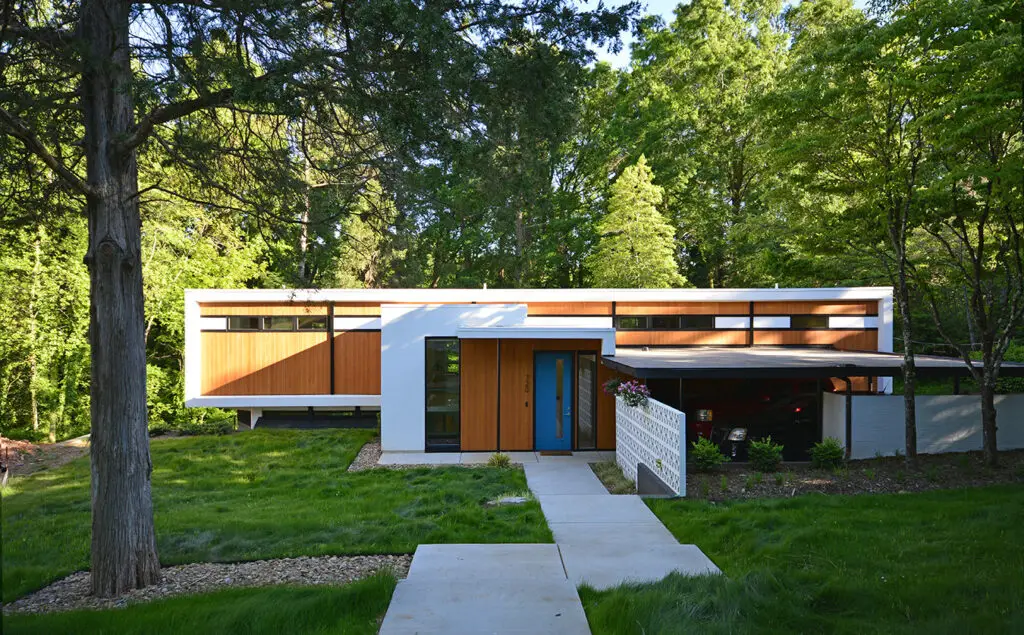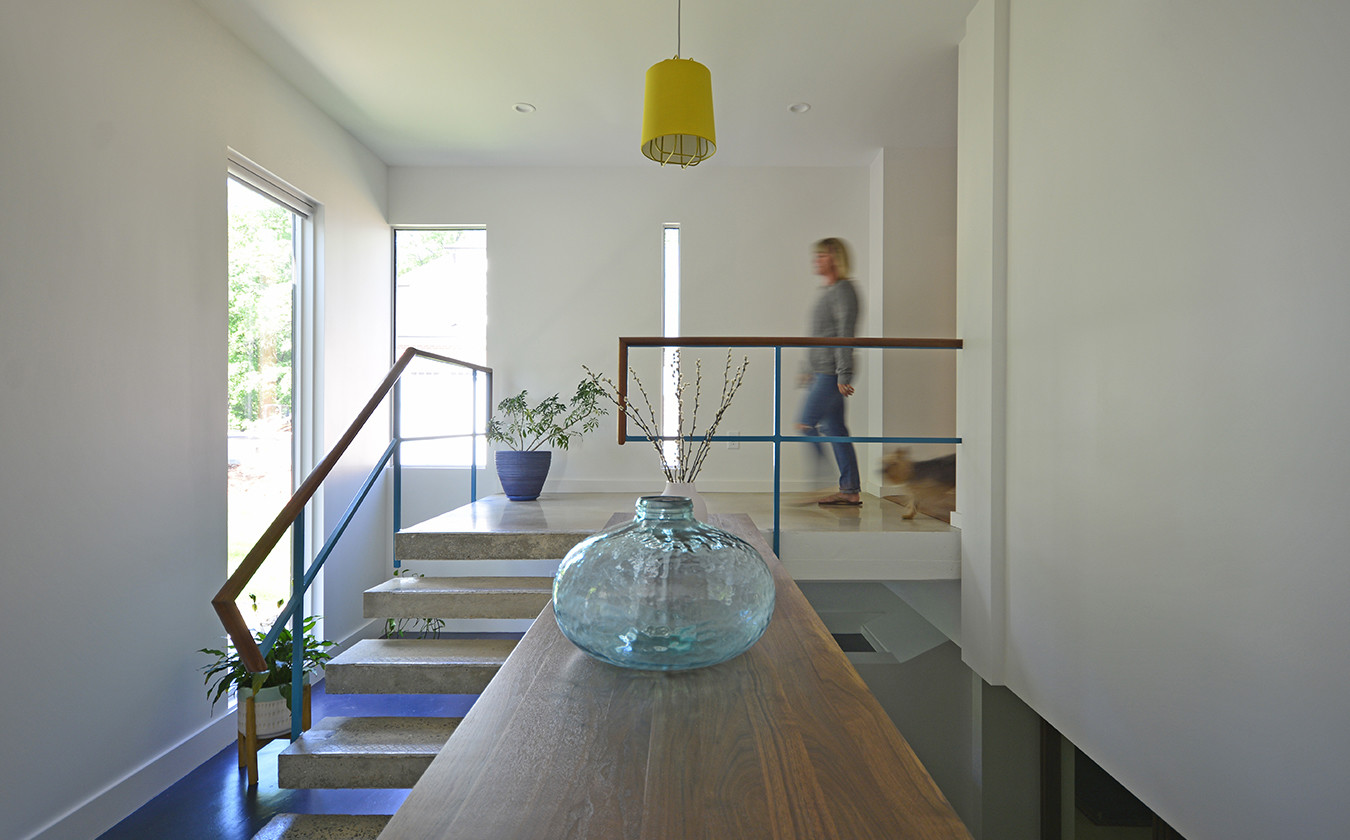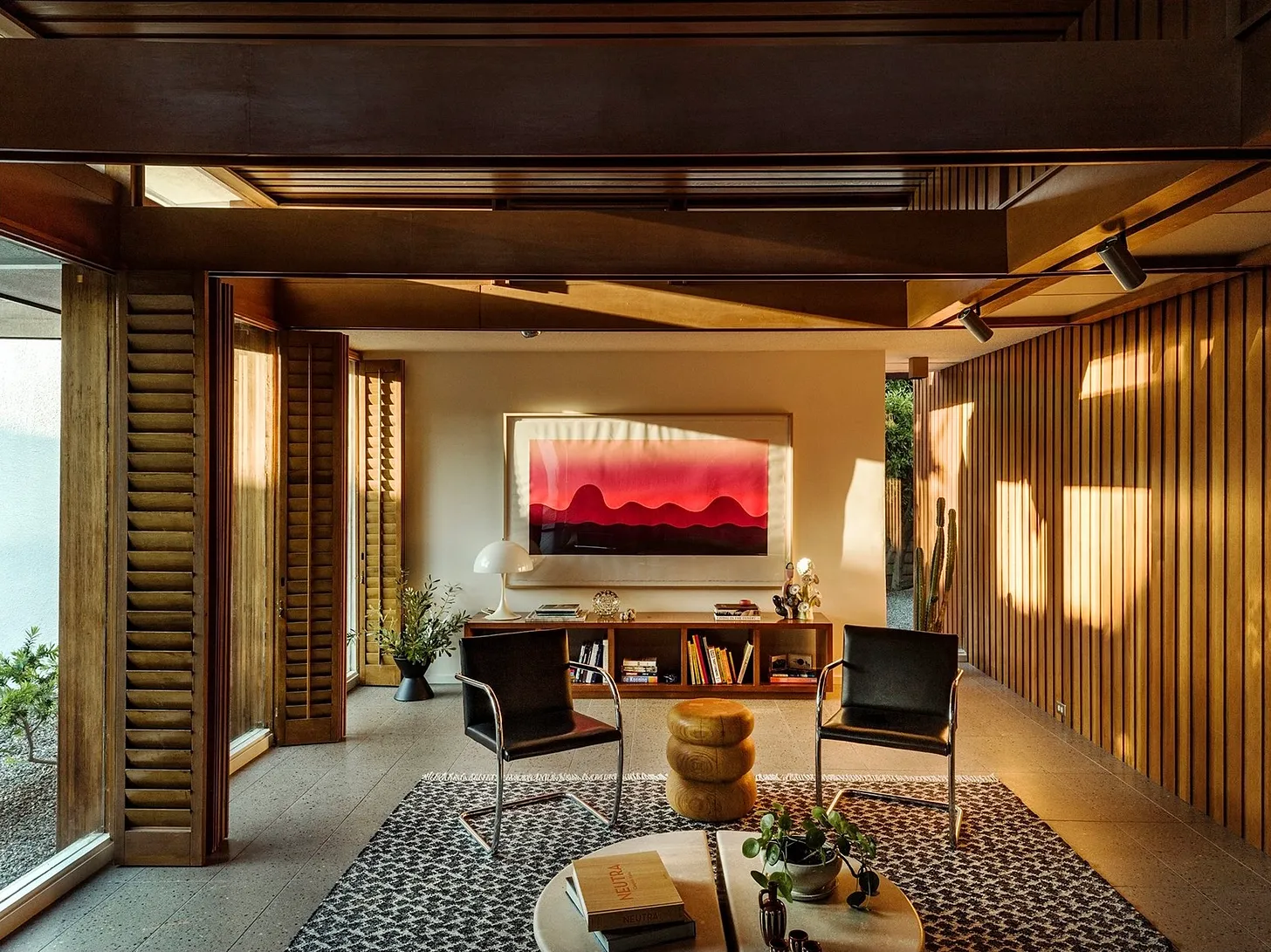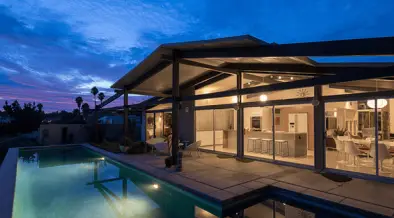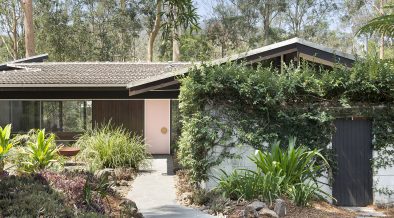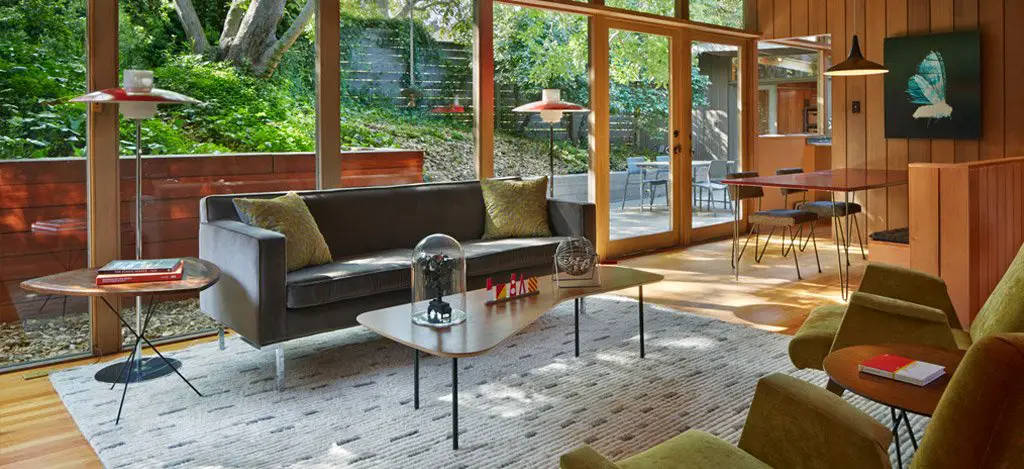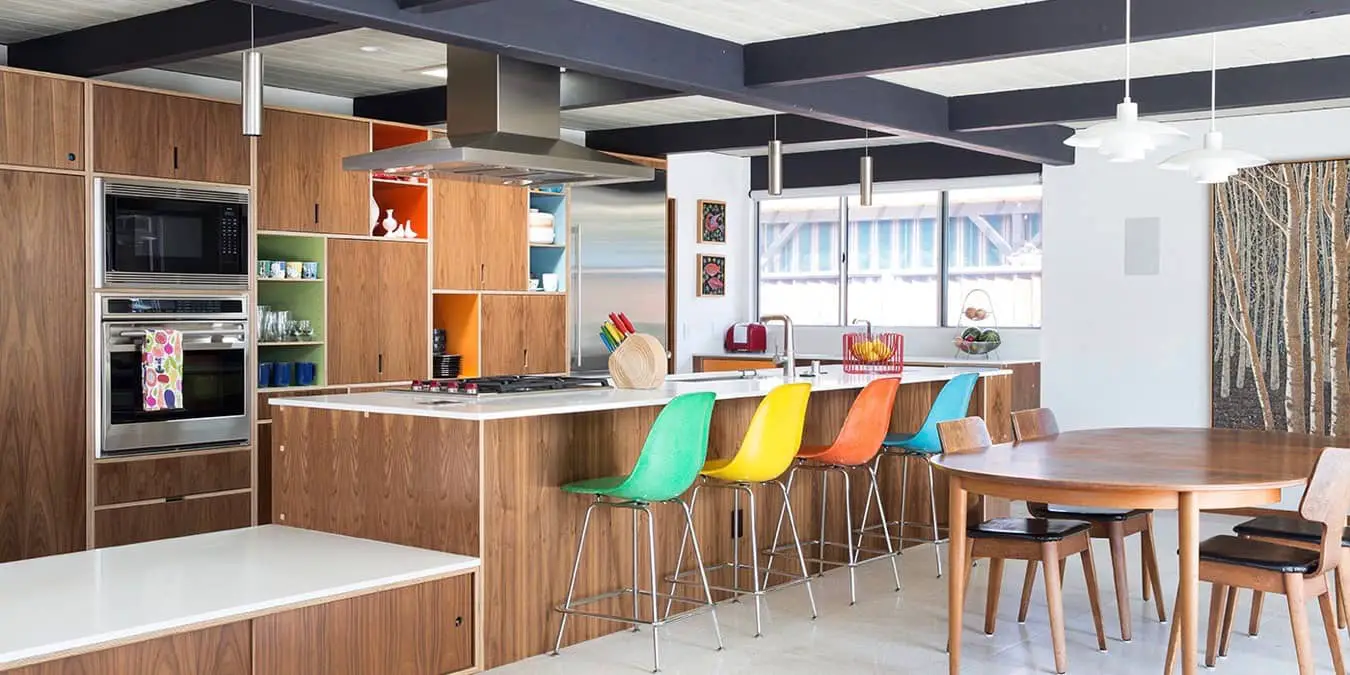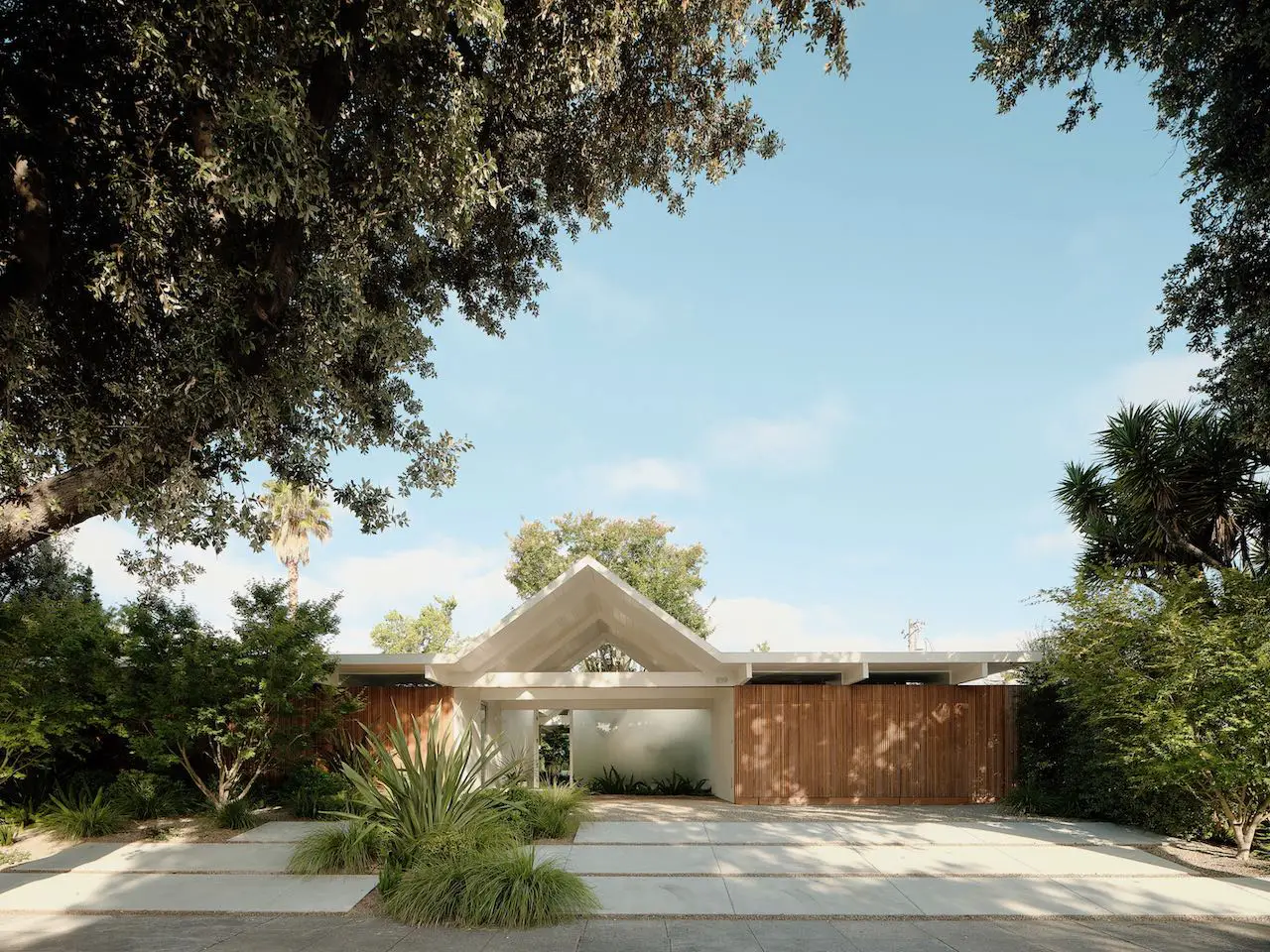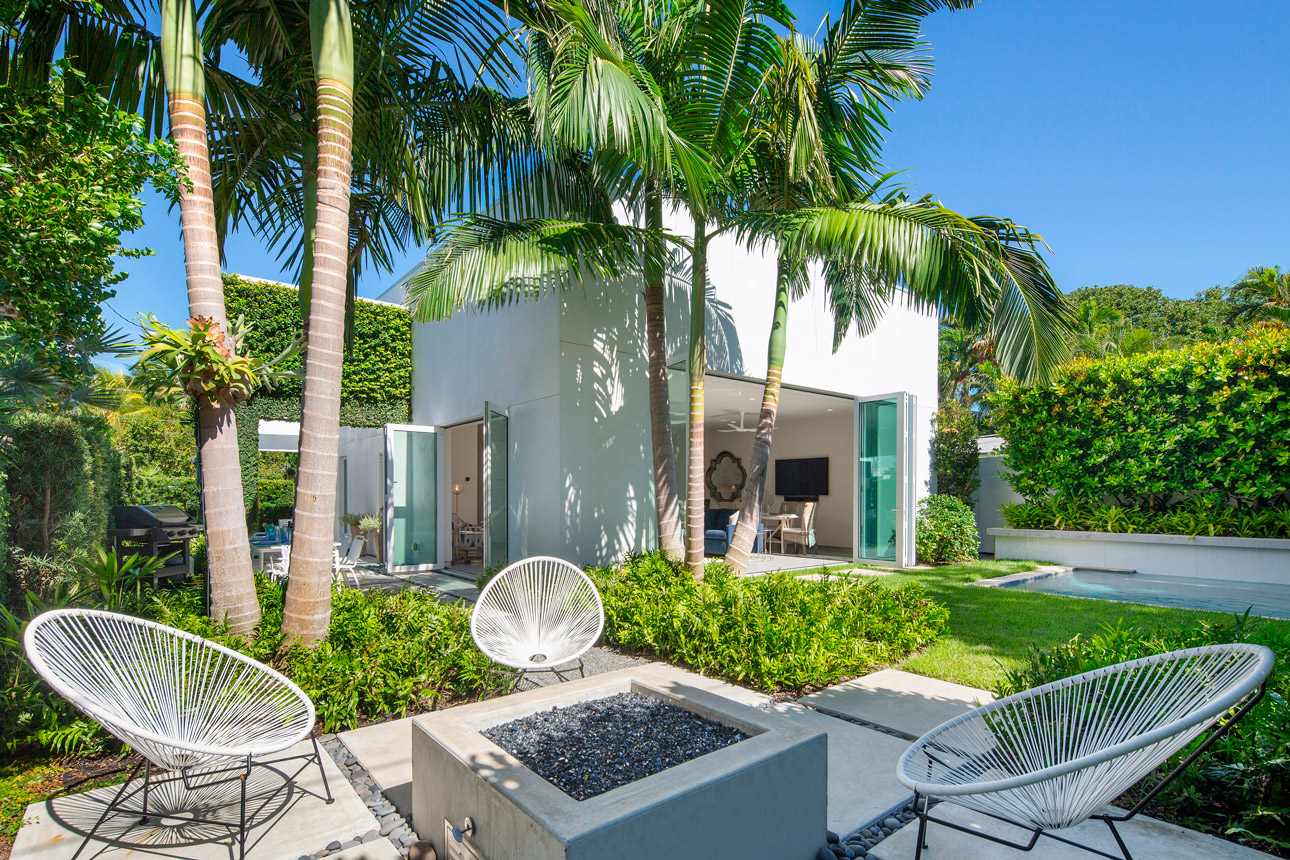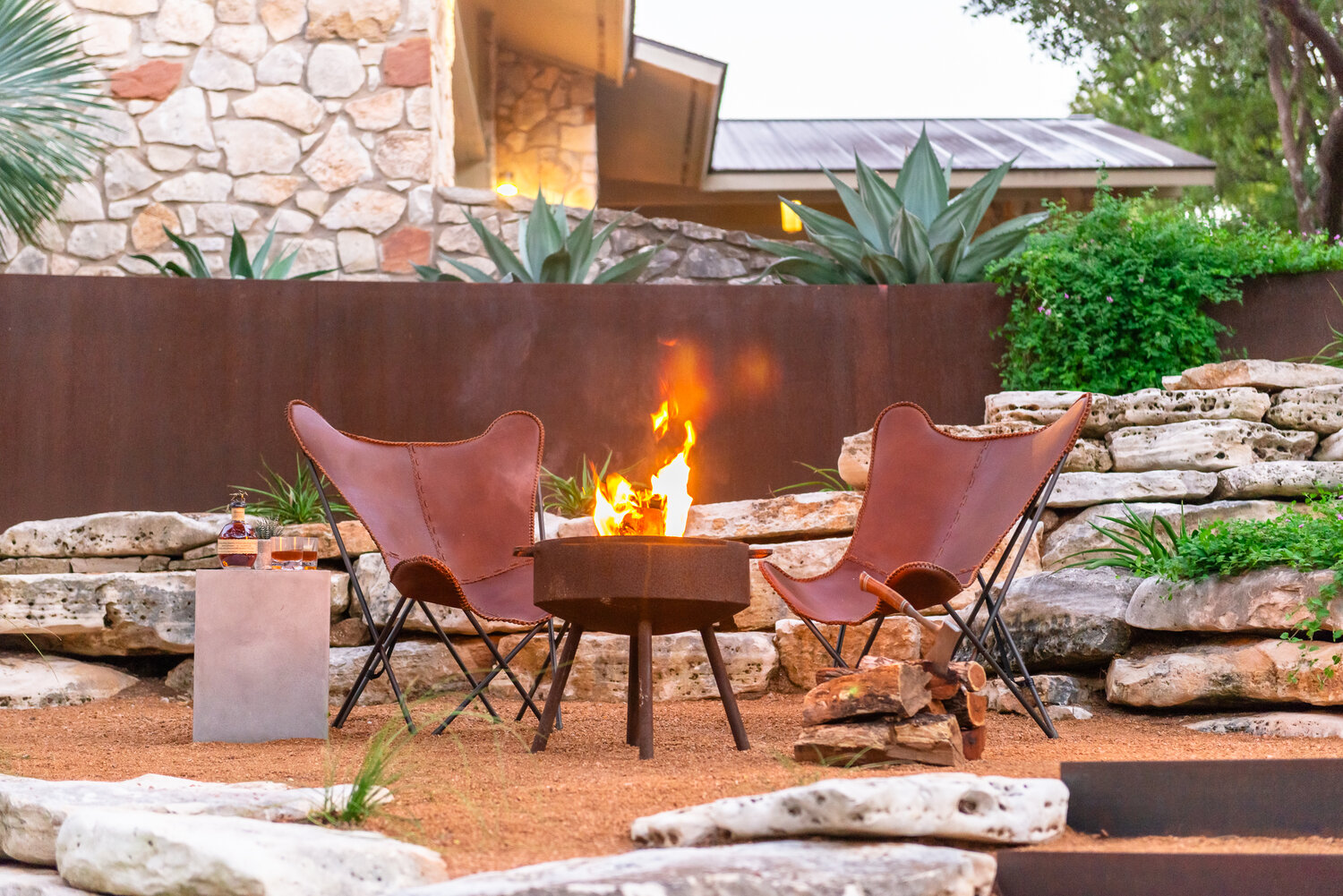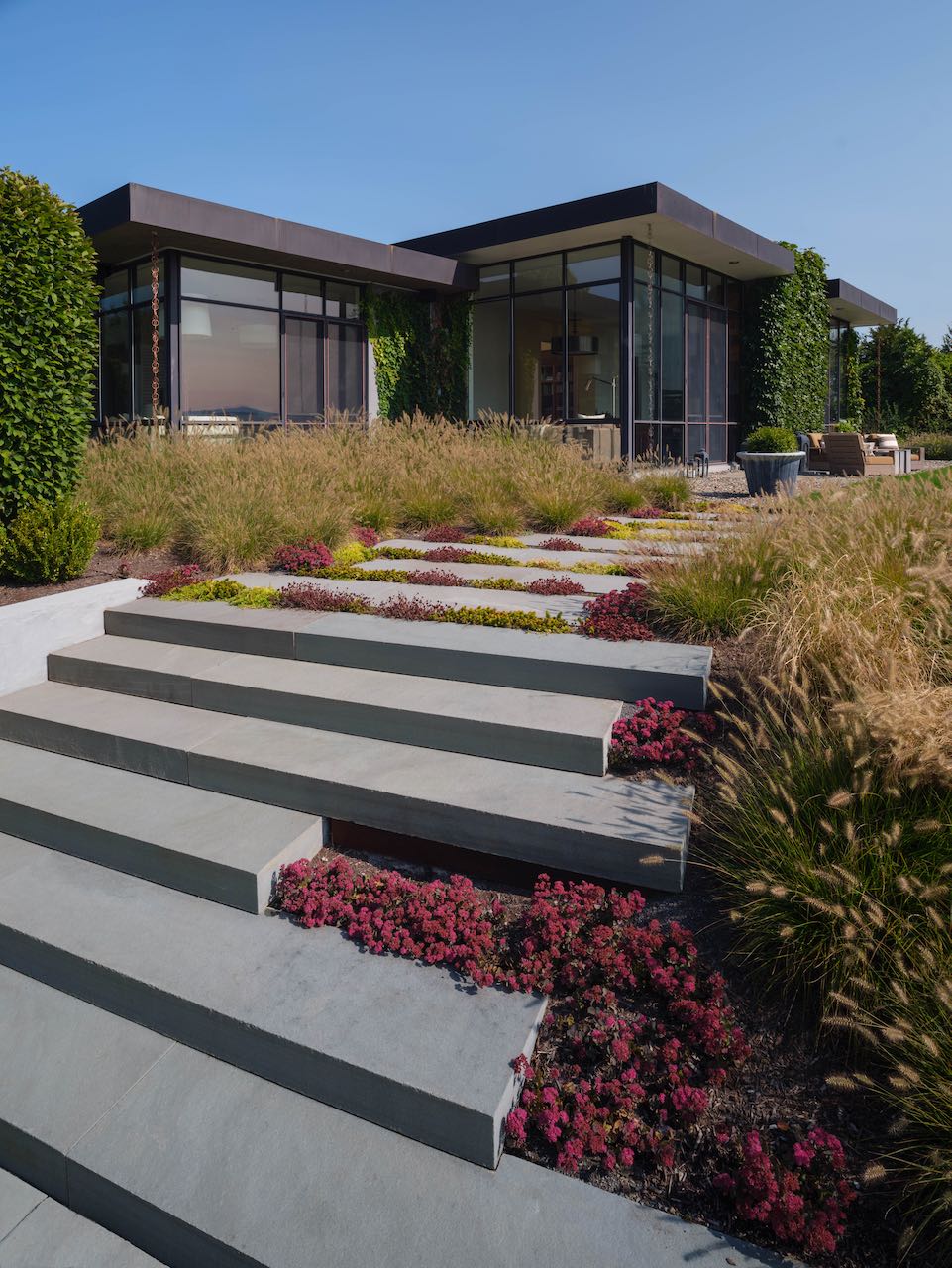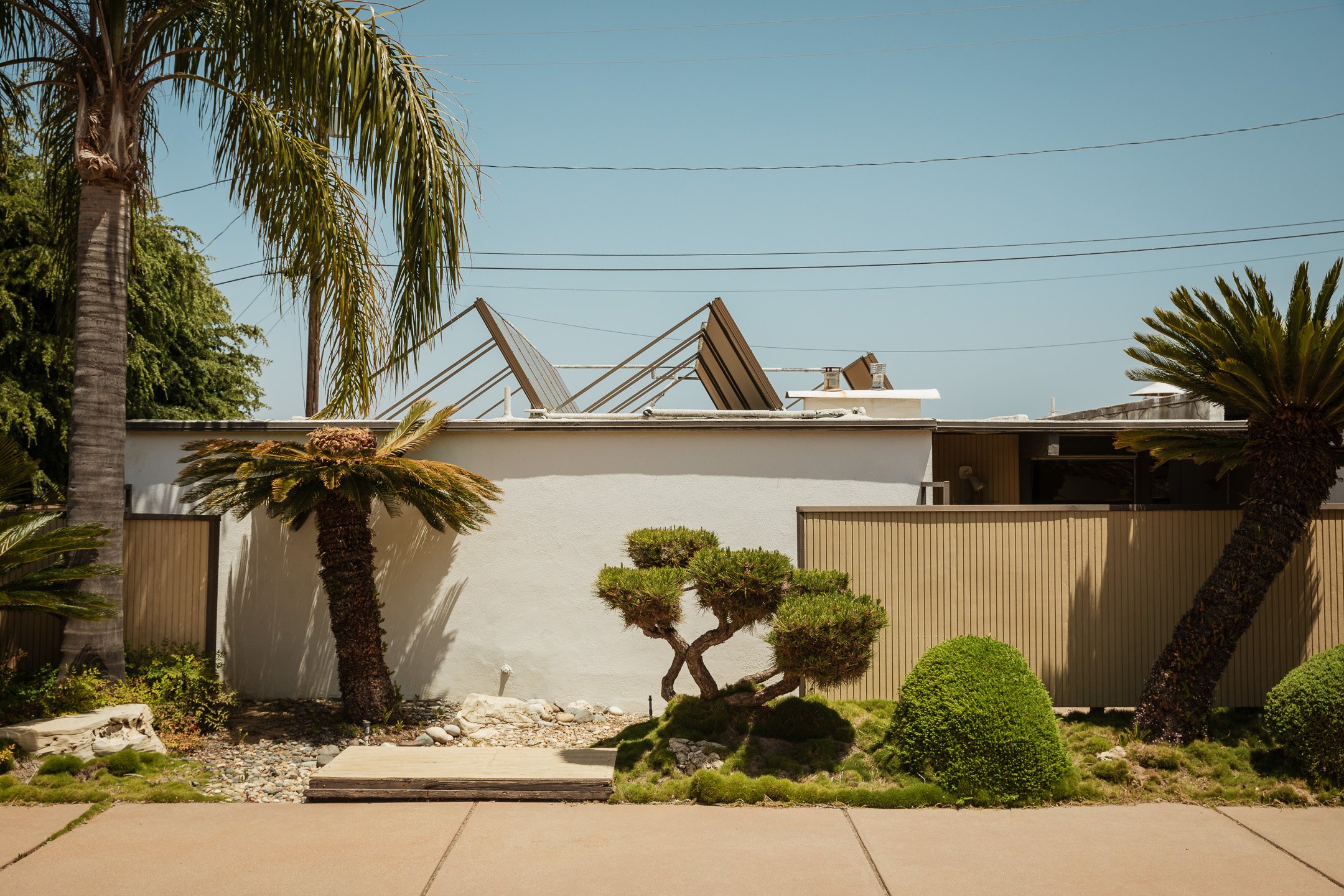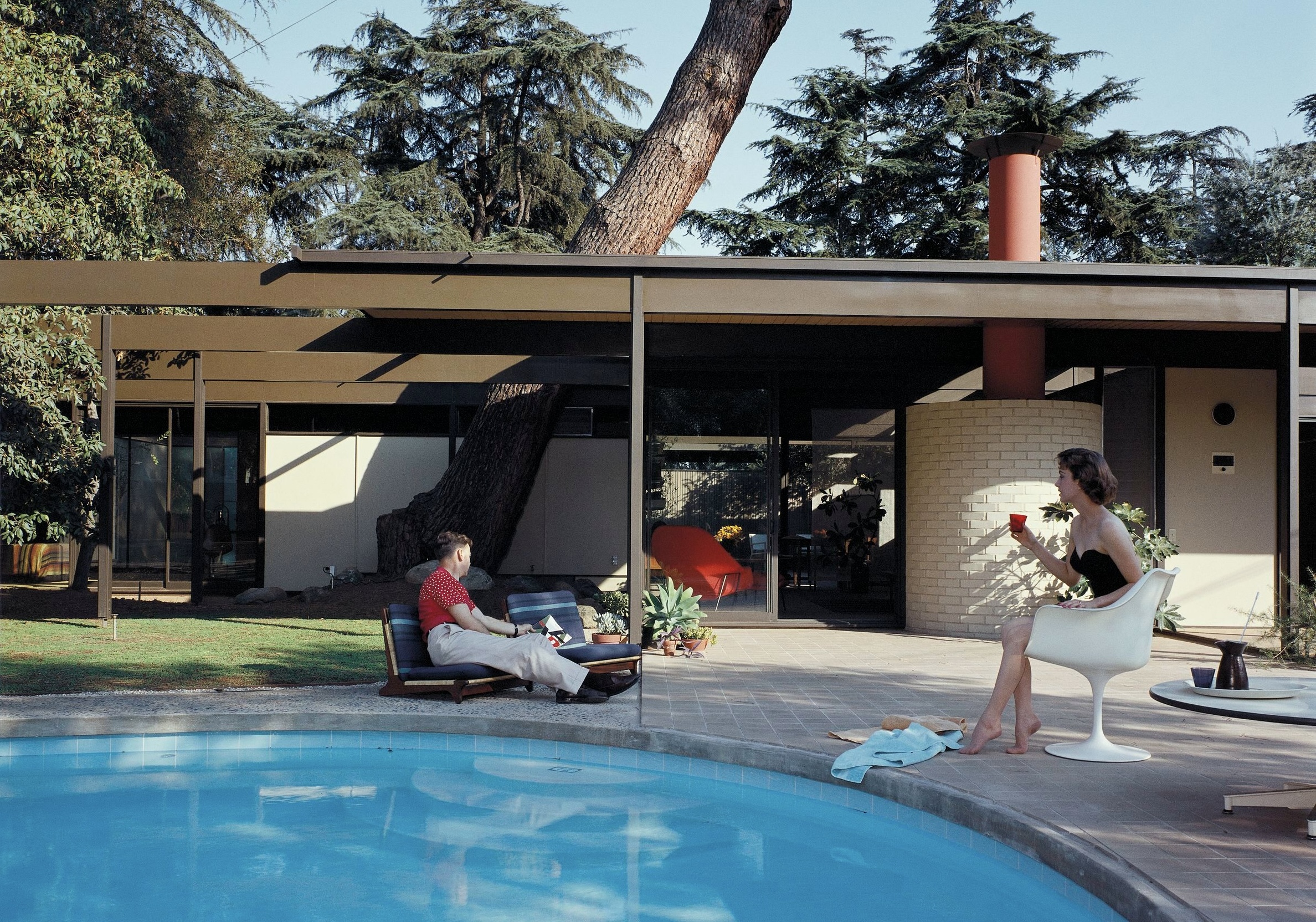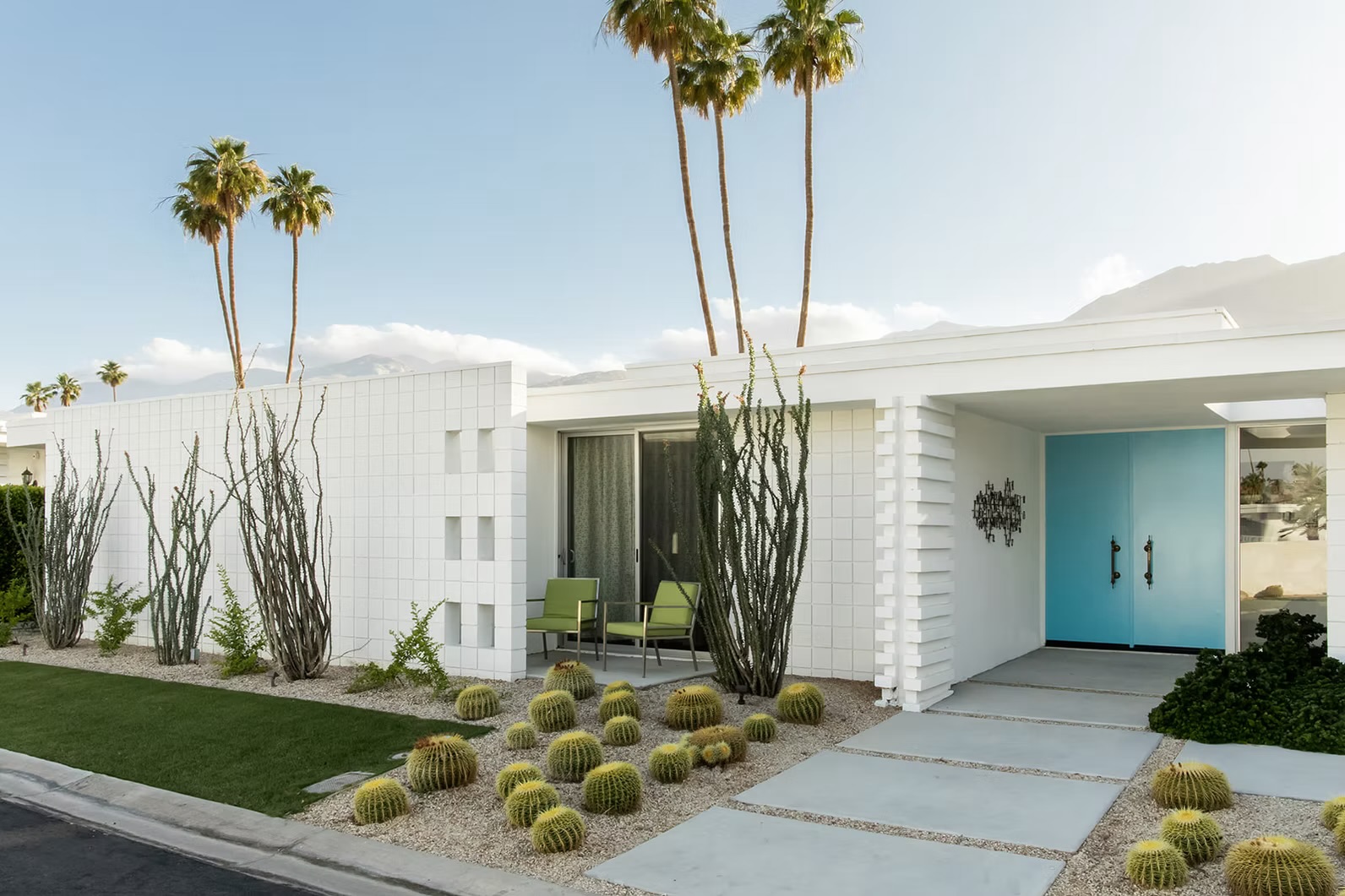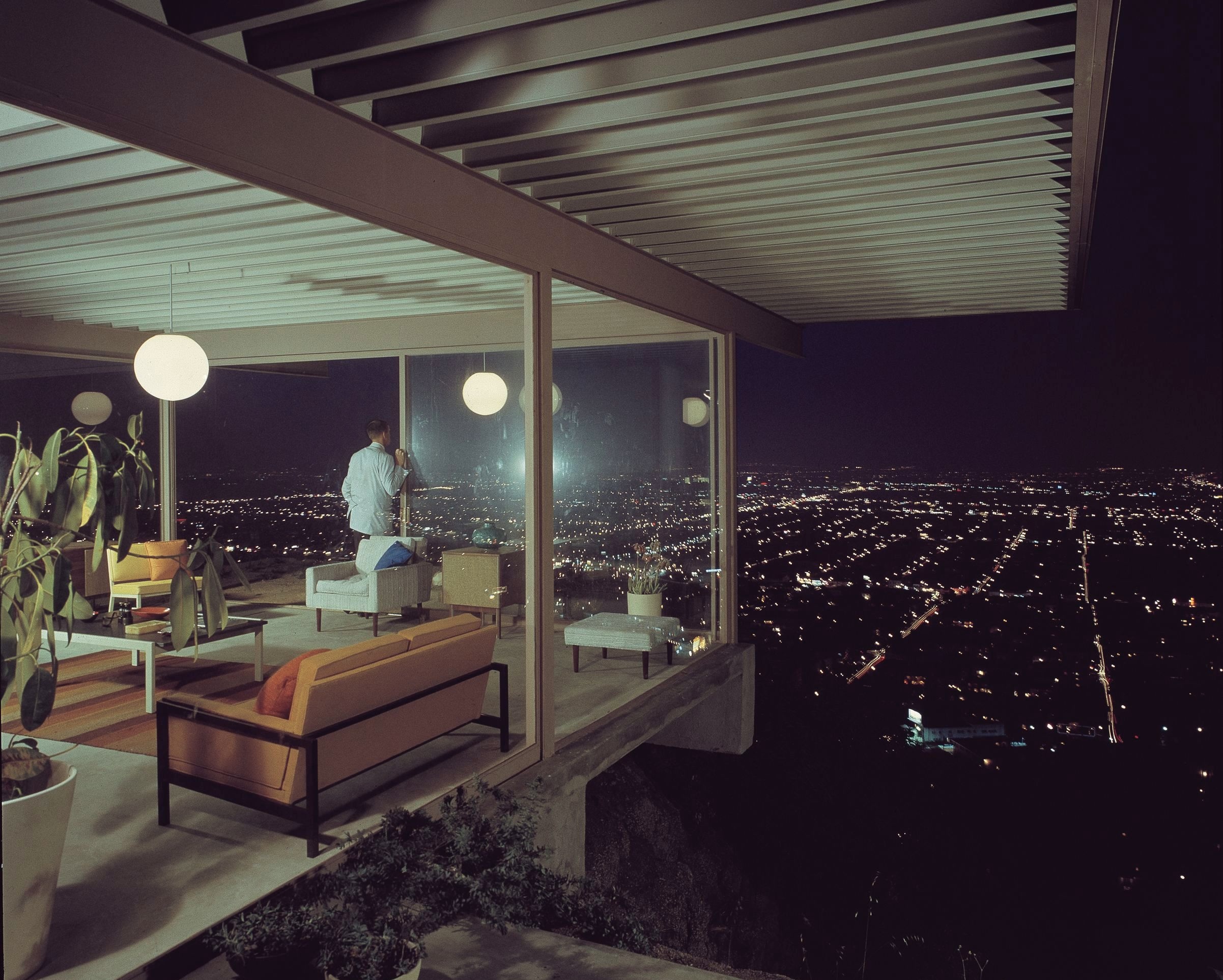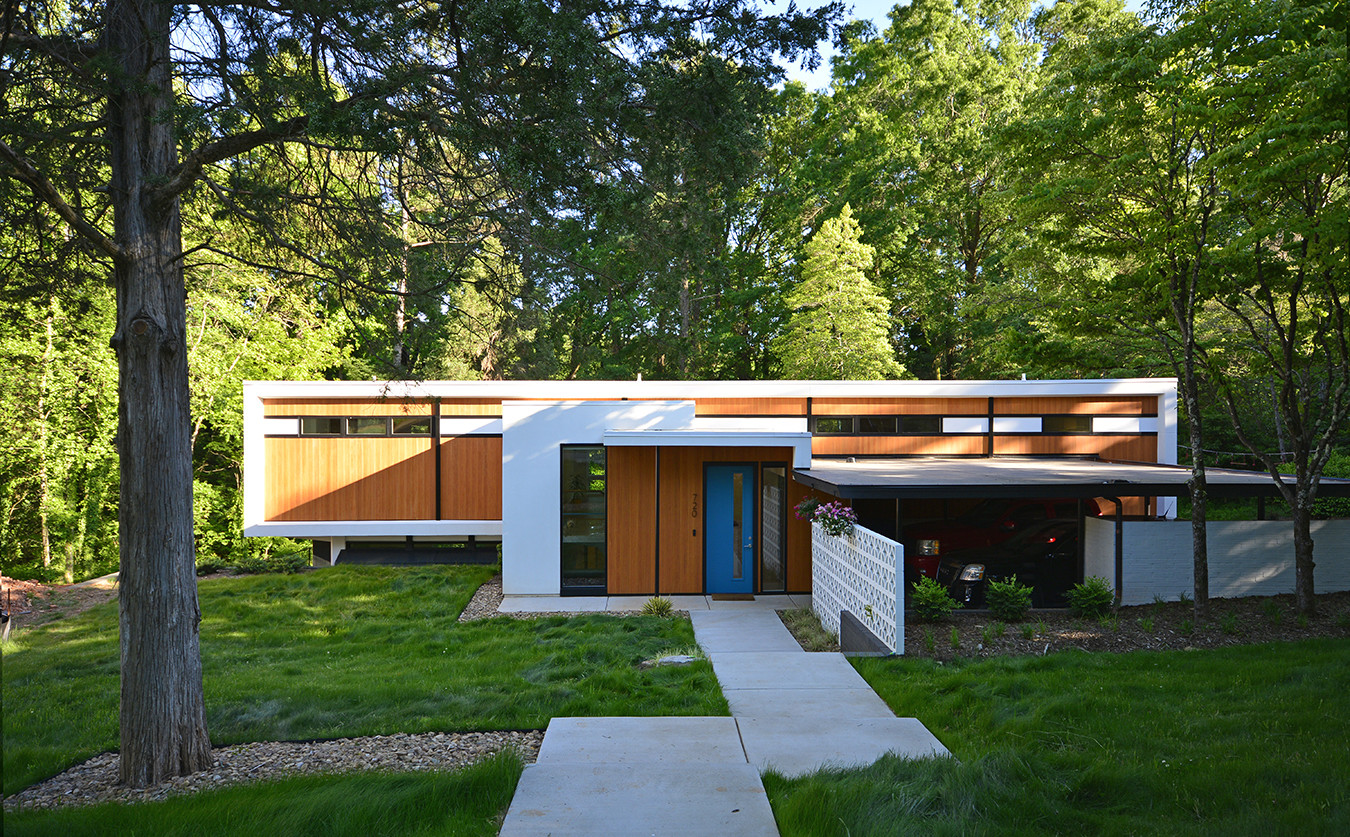
Originally designed and built in 1958 by architect Kenneth Burge, the Pine Valley Residence stands as a compelling example of post-war American residential architecture. Situated on a wooded slope, the house blends into its environment with a restrained, horizontal form and carefully proportioned materials.
The structure, composed of concrete, steel and wood, was initially raised on exposed concrete columns. This open-air underside became a favourite play space for neighbourhood children, including Burge’s son Wayne, who later played a key role in preserving the home. In the 1970s, Kenneth enclosed the lower level, adding a den, third bedroom and an outdoor patio and storage area. He and his wife Emily remained in the home until Kenneth’s passing in 2017.
After years of vacancy, the house risked demolition. That changed when Pete Fala, architect and partner at STITCH Design Shop, came across the listing and began a conversation with Wayne Burge. Moved by the home’s history and emotional significance, Pete acquired the house in 2018 with a vision rooted in respect rather than reinvention.
Set deep into its wooded plot, the Pine Valley Residence presents a modest public face. Clerestory windows keep the street-facing façade private, while the rear of the house opens generously to the landscape. Circulation is anchored at the rear, allowing long, uninterrupted views across interior spaces. The layout maintains a distinct separation between public and private zones, a core principle of the original design.

The renovation focused on revealing rather than transforming. Overgrown landscaping was removed, giving the architecture space to breathe once more. The iconic redwood siding, aged beyond repair, was replaced with vertical cypress in a warm hue, complementing the home’s white stucco accents and its natural surroundings.
Inside, the floor plan remained largely intact, though certain walls were adjusted for contemporary use. A new steel V-columned roof now shelters the rear patio, but no extra square metres were added. The work balanced restoration with modernisation—enhancing the home’s utility while staying faithful to its original spirit.
A number of original features were preserved or creatively repurposed. Bespoke interior pieces were reinstalled, and the vintage Frigidaire wall oven now functions as a custom-built wine cabinet—an inventive nod to the home’s past.
This renovation could have been a demolition. Many saw the site as little more than a teardown opportunity. But Wayne Burge was determined to protect his father’s legacy. Thanks to that resolve—and Pete Fala’s thoughtful approach—the Pine Valley Residence endures, not as a museum piece, but as a living, breathing home that honours its architectural roots.






